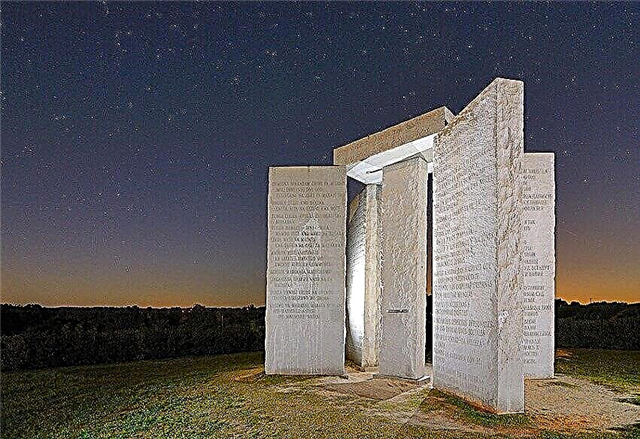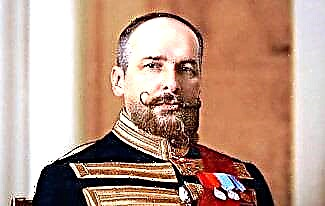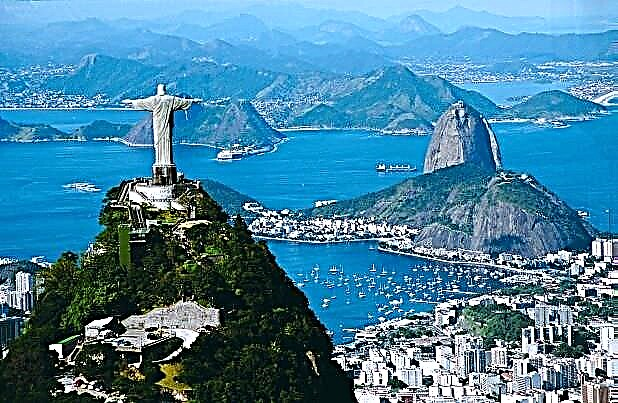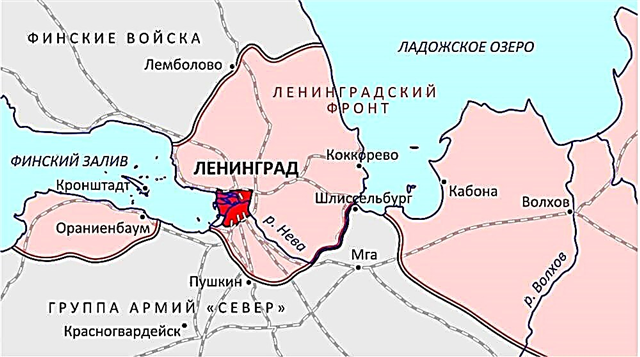Spartacus (died in 71 BC) - the leader of the uprising of slaves and gladiators in Italy in 73-71. He was a Thracian, under completely unclear circumstances became a slave, and later - a gladiator.
In 73 BC. e. together with 70 supporters fled from the gladiatorial school in Capua, took refuge in Vesuvius and defeated the detachment sent against him. Later he won a number of bright victories over the Romans, which left a noticeable mark in world history.

There are many interesting facts in the biography of Spartak, which we will talk about in this article.
So, before you is a short biography of Spartacus.
Biography of Spartacus
Almost nothing is known about the childhood and youth of Spartak. All sources call him a Thracian - a representative of an ancient people belonging to the Indo-European tribes and inhabiting the Balkan Peninsula.
Spartak's biographers agree that he was free-born. Over time, for unknown reasons, he became a slave, and then a gladiator. It is known for certain that it was sold at least 3 times.
Presumably, Spartacus became a gladiator at the age of 30. He proved himself to be a brave and skillful warrior who has authority among other warriors. However, first of all, he became famous not as a winner in the arena, but as the leader of the famous uprising.
Revolt of Spartacus
Ancient documents indicate that the uprising took place in Italy in 73 BC, although some historians believe that this happened a year earlier. The school's gladiators from the city of Capua, including Spartacus, organized a successful escape.
The warriors, armed with kitchen appliances, were able to kill all the guards and break free. It is believed that there were about 70 people who fled. This group took refuge on the slope of Vesuvius volcano. An interesting fact is that along the way, the gladiators captured several carts with weapons that helped them in subsequent battles.

A detachment of Roman soldiers was immediately sent after them. However, the gladiators were able to defeat the Romans and take possession of their military equipment. They then settled in the crater of an extinct volcano, raiding nearby villas.
Spartacus was able to organize a strong and disciplined army. Soon the ranks of the rebels were joined by the local poor, as a result of which the army became much larger. This led to the fact that the rebels won one victory over the Romans.
Meanwhile, the army of Spartacus grew exponentially. It increased from 70 people to 120,000 soldiers, who were well armed and prepared for battle.
An interesting fact is that the rebel leader divided all the captured loot equally, which contributed to unity and increased morale.
The Battle of Vesuvius was a turning point in the confrontation between gladiators and Romans. After the brilliant victory of Spartacus over the enemy, the military conflict took on a large scale - the Spartak War. The man began to be compared to the Carthaginian general Hannibal, who was the sworn enemy of Rome.
With battles, the Spartans reached the northern borders of Italy, probably intending to cross the Alps, but then their leader decided to return. What was the reason for this decision remains unknown to this day.

Meanwhile, the Roman troops thrown against Spartacus were led by the military leader Mark Licinius Crassus. He was able to increase the fighting efficiency of the soldiers and instill in them confidence in the victory over the rebels.
Crassus paid great attention to tactics and strategy of battle, using all the weaknesses of the enemy.
As a result, in this conflict, the initiative began to shift to one or the other side. Soon Crassus ordered the construction of battle fortifications and the digging of a moat, which cut off the Spartans from the rest of Italy and made them unable to maneuver.
And yet, Spartacus with his soldiers was able to break through these fortifications and once again defeat the Romans. On this, luck turned away from the gladiator. His army experienced a serious shortage of resources, while 2 more armies came to the aid of the Romans.
Spartak and his retinue stepped back, intending to sail to Sicily, but nothing came of it. Crassus convinced the soldiers that they would certainly defeat the rebels. An interesting fact is that he ordered to kill every 10th soldier who fled from the battlefield.
The Spartans tried to cross the Strait of Messana on rafts, but the Romans did not allow this. The fleeing slaves were surrounded, experiencing a serious lack of food.
Crassus more and more often won victories in battles, while discord began to occur in the camp of the rebels. Soon Spartacus entered his last battle on the Silar River. In the bloody battle, about 60,000 rebels died, while the Romans only about 1,000.
Death
Spartacus died in battle, as befits a brave warrior. According to Appian, the gladiator was wounded in the leg, as a result of which he had to go down on one knee. He continued to repulse the attacks of the Romans until he was killed by them.
The body of Spartacus was never found, and his surviving soldiers fled to the mountains, where they were later killed by the troops of Crassus. Spartacus died in April 71. Spartak's war seriously hit the Italian economy: a significant part of the country's territory was devastated by the rebel armies, and many cities were plundered.
Spartak Photos














